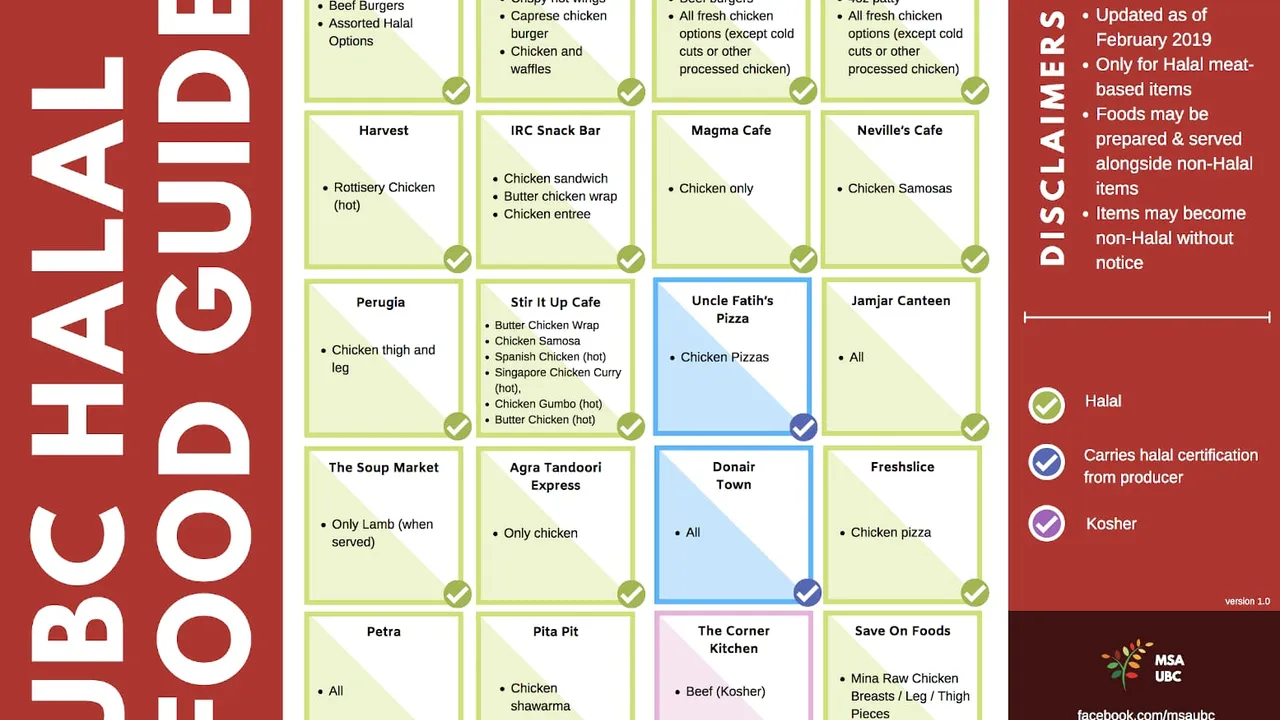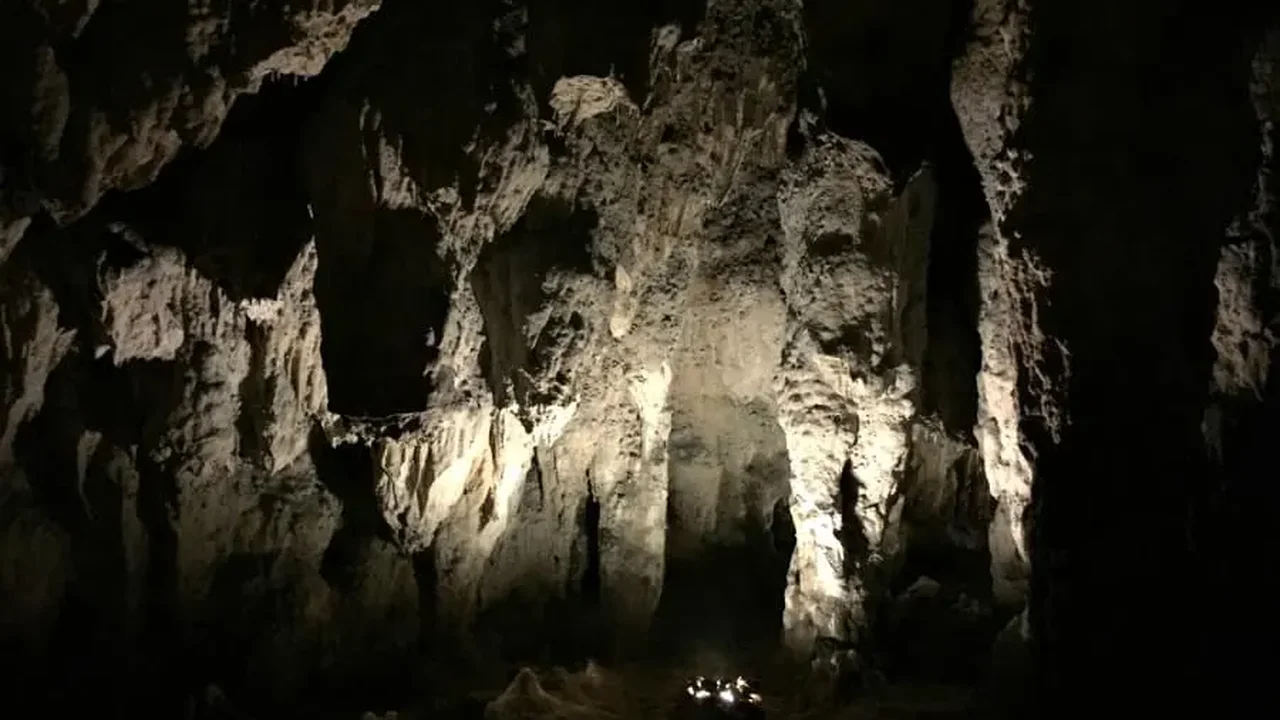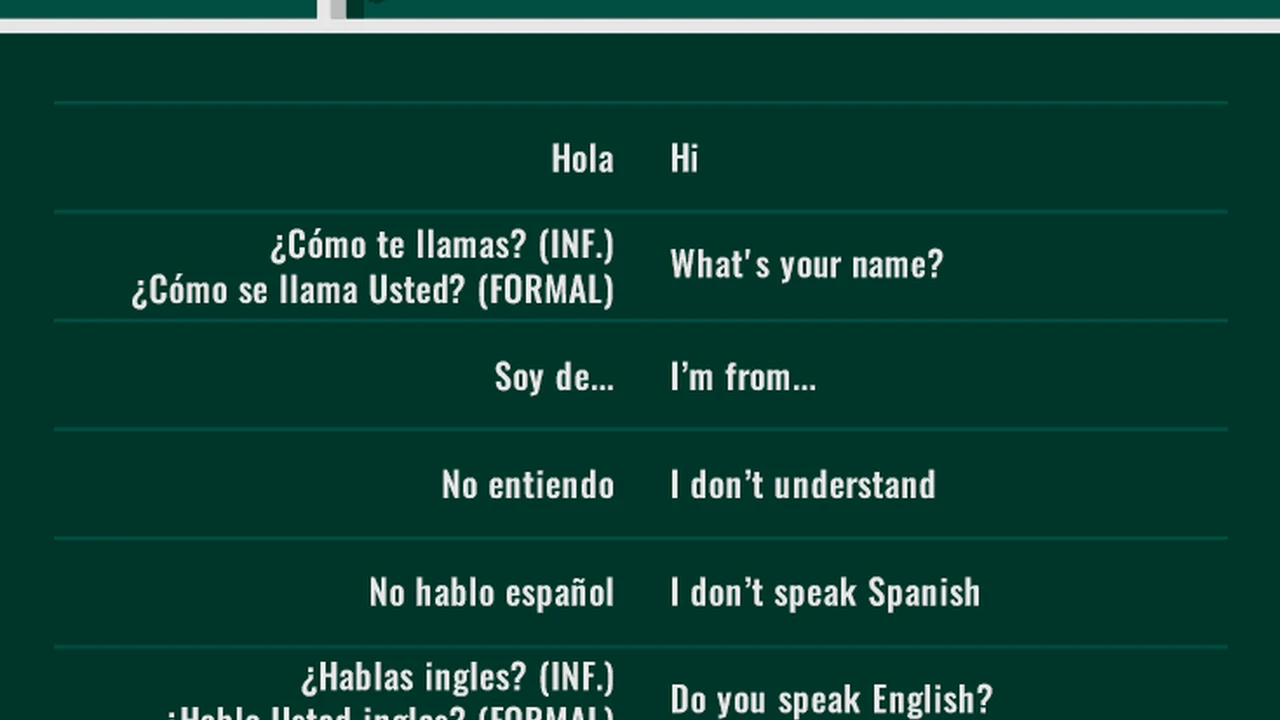7 Best Beaches in Malaysia: A Tropical Paradise Guide

Discovering Malaysia's Coastal Gems: A Guide to the Best Beaches
So, you're thinking about hitting the beaches in Malaysia? Excellent choice! Malaysia boasts some seriously stunning coastlines, from the bustling shores of Langkawi to the tranquil retreats of the Perhentian Islands. Get ready to soak up the sun, feel the sand between your toes, and dive into crystal-clear waters. This guide will take you on a tour of the 7 best beaches in Malaysia, plus we'll throw in some product recommendations to make your beach trip even more awesome.
#1 Batu Ferringhi, Penang: Penang's Popular Beach Paradise & Water Sports Hub
Batu Ferringhi is a classic for a reason. Located on Penang Island, it's known for its vibrant atmosphere and wide range of activities. The beach itself is a long stretch of golden sand, perfect for strolling, sunbathing, or just chilling with a cold drink. The water can be a bit murky sometimes, especially after rain, but it's generally safe for swimming.
What to Do: Water sports are HUGE here. Think jet skiing, parasailing, windsurfing, and even banana boat rides. In the evening, the night market comes alive with food stalls, souvenir shops, and street performers.
Product Recommendation: A good quality rash guard is a must if you plan on spending a lot of time in the water. The O'Neill Wetsuits Men's Basic Skins 50+ Long Sleeve Rash Guard (around $30-$40) offers excellent sun protection and will prevent chafing. Use it while surfing or jet skiing. Alternatively, the Roxy Women's Whole Hearted Long Sleeve Rash Guard (around $35-$45) is a great option for women. They are both comfortable and dry quickly.
#2 Langkawi Beaches: Exploring Tanjung Rhu & Pantai Cenang's Sandy Shores
Langkawi is an archipelago of 99 islands, and many of them have incredible beaches. Two stand out: Tanjung Rhu and Pantai Cenang.
Tanjung Rhu: This is your secluded paradise. Expect pristine white sand, calm turquoise waters, and lush rainforest scenery. It's much quieter than Pantai Cenang, making it ideal for relaxation and escaping the crowds. Some parts of the beach are privately owned by resorts, so access might be limited.
Pantai Cenang: The liveliest beach on Langkawi. It's packed with restaurants, bars, shops, and water sports operators. The sand is soft, and the water is generally calm and shallow, making it great for families. Expect crowds, especially during peak season.
Product Recommendation: A waterproof phone case is essential for capturing those Instagram-worthy shots without risking your phone. The JOTO Universal Waterproof Phone Pouch (around $10-$15) is a reliable and affordable option. Take pictures of your family swimming or capture the beautiful views.
#3 Perhentian Islands: Diving Paradise & Pristine Beaches of Kecil & Besar
The Perhentian Islands (Kecil and Besar) are a diver's dream. The waters are crystal clear, teeming with marine life, and the beaches are postcard-perfect. Kecil (small island) is more budget-friendly and attracts backpackers, while Besar (big island) is more upscale and caters to families and couples.
What to Do: Diving and snorkeling are the main draws. Expect to see colorful coral reefs, sea turtles, sharks (harmless ones!), and a variety of fish. You can also hike through the jungle, relax on the beach, or take a boat trip to nearby islands.
Product Recommendation: A good quality snorkel set is a must. The Cressi Palau Long Fins Set (around $60-$80) includes adjustable fins, a comfortable mask, and a snorkel. This set is perfect for beginner to intermediate snorkelers. Alternatively, for a more budget-friendly option, consider the U.S. Divers Cozumel Snorkeling Set (around $40-$50).
#4 Tioman Island: Juara Beach & Other Idyllic Spots for Relaxation
Tioman Island is a duty-free island known for its lush rainforest, volcanic rock formations, and beautiful beaches. Juara Beach, on the east coast, is particularly stunning. It's a long, wide stretch of golden sand backed by jungle. The waves can be a bit rougher here, making it popular with surfers.
What to Do: Besides swimming and surfing, you can go hiking, rock climbing, or visit the turtle hatchery. The island also offers excellent diving and snorkeling opportunities.
Product Recommendation: Reef-safe sunscreen is crucial for protecting the coral reefs and your skin. Thinksport Safe Sunscreen SPF 50+ (around $20-$25) is a highly rated option that's free of harmful chemicals. It's water-resistant and provides broad-spectrum protection. Use it liberally before heading out to the beach or for a hike.
#5 Redang Island: Marine Park & Luxury Resorts on Stunning Shores
Redang Island is synonymous with luxury resorts and pristine beaches. The island is part of a marine park, so the waters are incredibly clear and teeming with marine life. Expect to pay a premium for accommodation here, but the experience is worth it.
What to Do: Diving and snorkeling are top priorities. The island also offers opportunities for kayaking, windsurfing, and island hopping. Many resorts offer organized excursions and activities.
Product Recommendation: A comfortable beach towel is a must-have. The Tesalate Sand Free Beach Towel (around $60-$70) is a game-changer. It's lightweight, quick-drying, and sand doesn't stick to it. It's perfect for lounging on the beach or drying off after a swim. For a more affordable option, consider a Turkish towel like the Bazaar Anatolia Turkish Beach Towel (around $25-$35), which is also lightweight and quick-drying.
#6 Sipadan Island: World-Class Diving & Unique Marine Biodiversity
Sipadan Island isn't exactly a beach destination in the traditional sense, but it's so incredible that it deserves a mention. It's a tiny oceanic island known for its world-class diving. The island itself is mostly protected and access is strictly controlled to preserve its delicate ecosystem. Divers flock here to see swirling schools of barracuda, sea turtles, sharks, and a breathtaking array of coral.
What to Do: Diving! You'll need to book your dive trip well in advance as permits are limited. Most divers stay on nearby islands like Mabul or Kapalai and take boat trips to Sipadan.
Product Recommendation: Since Sipadan is all about diving, a reliable dive computer is essential for safety and tracking your dives. The Suunto Zoop Novo Dive Computer (around $250-$300) is a great entry-level option that provides all the essential information you need. For more experienced divers, the Garmin Descent Mk2i Dive Computer (around $1300-$1500) offers advanced features like air integration and GPS.
#7 Mabul Island: Budget-Friendly Diving Base Near Sipadan
Mabul Island is often used as a base for diving in Sipadan. It offers more affordable accommodation options than Redang and is known for its macro diving. The beaches are decent, but not as spectacular as some of the other destinations on this list.
What to Do: Diving, snorkeling, and exploring the local village. Mabul is a great place to experience the local culture and learn about the Bajau Laut (sea gypsies) who live there.
Product Recommendation: A dry bag is essential for keeping your valuables safe and dry on boat trips and dives. The Sea to Summit Lightweight Dry Sack (around $20-$30) is a durable and waterproof option that comes in various sizes. Use it to protect your phone, camera, wallet, and other essentials.
Beach Gear Essentials: Comparing Key Products for Your Malaysian Getaway
Okay, so we've talked about specific product recommendations, but let's do a quick comparison of some key beach gear categories to help you make the best choices for your trip.
Sunscreen: Chemical vs. Mineral
Chemical Sunscreens: These absorb into the skin and absorb UV rays. They are generally cheaper and easier to apply, but some ingredients (like oxybenzone and octinoxate) have been linked to coral reef damage. Examples: Coppertone, Banana Boat.
Mineral Sunscreens: These sit on top of the skin and reflect UV rays. They are generally considered safer for coral reefs and are a good choice if you have sensitive skin. However, they can be a bit thicker and harder to apply. Examples: Thinksport, Badger Balm.
Rash Guards: Short Sleeve vs. Long Sleeve
Short Sleeve Rash Guards: Offer less sun protection but are more comfortable in hot weather. Good for swimming and surfing in warm water.
Long Sleeve Rash Guards: Provide maximum sun protection and are ideal for long days in the sun. Also offer more protection from jellyfish stings and scrapes.
Snorkel Sets: One-Piece vs. Two-Piece
One-Piece Snorkel Sets (Full Face Masks): Easy to use and offer a wide field of vision. However, some people find them claustrophobic, and they can fog up easily. Also, they may not be suitable for diving deep.
Two-Piece Snorkel Sets (Mask and Snorkel): More traditional and versatile. Allow for better equalization of pressure when diving deeper. Require a bit more practice to use effectively.
Waterproof Phone Cases: Pouch vs. Hard Case
Pouch Style: More affordable and lightweight. Easy to slip your phone in and out. But may not offer as much protection against drops and impacts.
Hard Case Style: More durable and offer better protection against drops and impacts. But can be bulkier and more expensive.
Budgeting for Your Beach Trip: A Cost Breakdown
Let's break down the potential costs associated with a Malaysian beach trip. Keep in mind that these are estimates and can vary depending on your travel style and preferences.
* Flights: $500 - $1500 (depending on your origin and time of year) * Accommodation: $30 - $300+ per night (depending on the type of accommodation) * Food: $15 - $50+ per day (depending on where you eat) * Activities: $20 - $100+ per day (diving, snorkeling, boat trips, etc.) * Transportation: $10 - $50 per day (taxis, buses, ferries) * Gear: $50 - $300+ (sunscreen, rash guard, snorkel set, etc.)So, a budget-friendly trip could cost around $1000 - $2000 per person for a week, while a more luxurious trip could easily cost $3000+ per person.
Getting Around: Transportation Options for Beach Hopping
Getting around Malaysia is generally easy and affordable. Here are some common transportation options:
* Flights: Useful for traveling between major cities and islands. * Buses: A cheap and reliable way to travel between cities. * Trains: Comfortable and scenic, but limited to certain routes. * Ferries: The main way to get to islands like Langkawi, Perhentian, and Tioman. * Taxis and Ride-Sharing Services: Convenient for getting around cities and towns. * Rental Cars and Motorbikes: Offer more freedom and flexibility, but be aware of local driving conditions.When to Visit: The Best Time for Beach Weather in Malaysia
Malaysia has a tropical climate, so it's generally warm and humid year-round. However, there are distinct wet and dry seasons that vary depending on the region.
* West Coast (Penang, Langkawi): The best time to visit is during the dry season, from November to March. * East Coast (Perhentian, Tioman, Redang): The best time to visit is during the dry season, from March to September. * Borneo (Sabah, Sarawak): The best time to visit is during the dry season, from March to September.Avoid visiting during the monsoon season (October to February) as heavy rain and rough seas can disrupt travel plans.
Staying Safe: Essential Tips for a Worry-Free Beach Vacation
* Sun Protection: Wear sunscreen, a hat, and sunglasses to protect yourself from the sun. * Hydration: Drink plenty of water to stay hydrated. * Swimming Safety: Swim in designated areas and be aware of currents and tides. * Food Safety: Eat at reputable restaurants and avoid street food that looks questionable. * Mosquitoes: Use mosquito repellent to protect yourself from mosquito bites. * Petty Theft: Be aware of your surroundings and keep your valuables safe. * Respect Local Customs: Dress modestly when visiting religious sites and be mindful of local customs.So there you have it! A comprehensive guide to the best beaches in Malaysia, complete with product recommendations, budgeting tips, and safety advice. Now go forth and enjoy your tropical paradise!
:max_bytes(150000):strip_icc()/277019-baked-pork-chops-with-cream-of-mushroom-soup-DDMFS-beauty-4x3-BG-7505-5762b731cf30447d9cbbbbbf387beafa.jpg)






